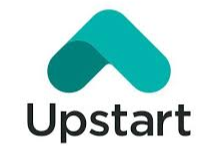MoneyLion (ML) $76, Fintech
Positives
Diverse base of revenue (subscription fees, interchange, interest, etc.).
Both consumer and fast-growing enterprise segments, with more than 1.1K channel partners, enterprise now accounts for about one-third of its overall revenue.
The online marketplace for third party vendors is a great idea to increase its offering options in areas like insurance, credit cards, and mortgages. At the end of Q4, about 48% of the products used by its customers were from third parties, up from 26% at the end of last year, showing its expanding marketplace.
ML management striving for GAAP profitability should be a positive catalyst.
Ernst & Young, EY partnership is also positive.
Customer acquisition costs are low at $15, they can expand without hurting profits.
Negatives and Risks
The biggest risk is credit – so far it has been under control, but as we’ve seen with Fintech, things start spiraling out of control very fast, without proper guardrails in place.
Credit quality remained steady. Its provision expense as a percentage of total originations was 3.4% for the full year – THIS MUST BE WATCHED FOR DETERIORATION. Management usually warns and expects over 4% of losses so they’re not downplaying the credit risk.
Valuation
112x adjusted earnings per share, with the hope of 300% growth in 2025. Much lower on adjusted earnings. Still high, but if earnings materialize the P/E drops to 26. Clearly the lion needs to roar.
If you have the capacity for some credit risk, this is potentially good and can return in excess of 20% per year.








